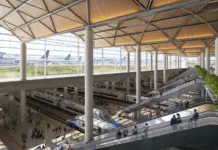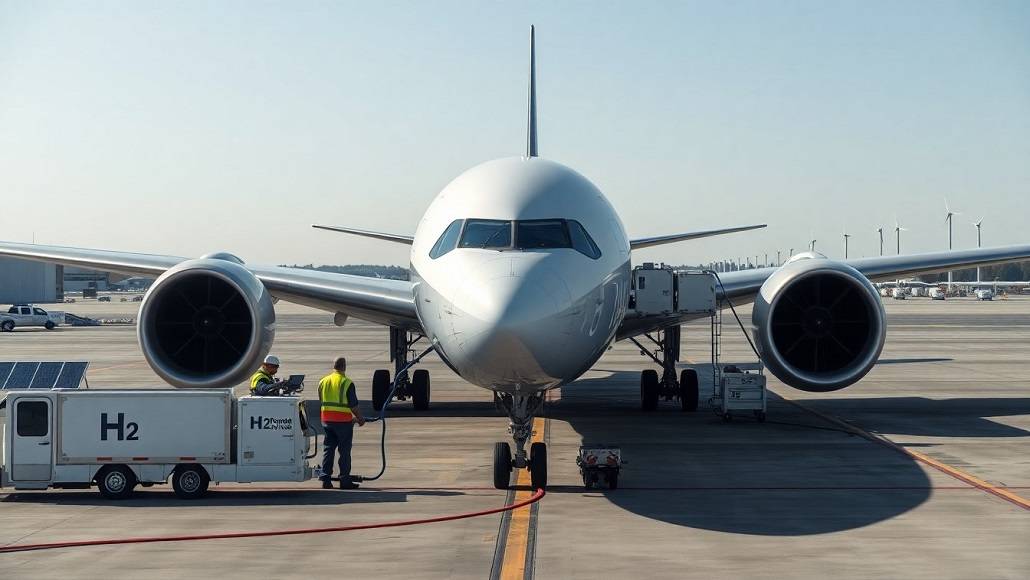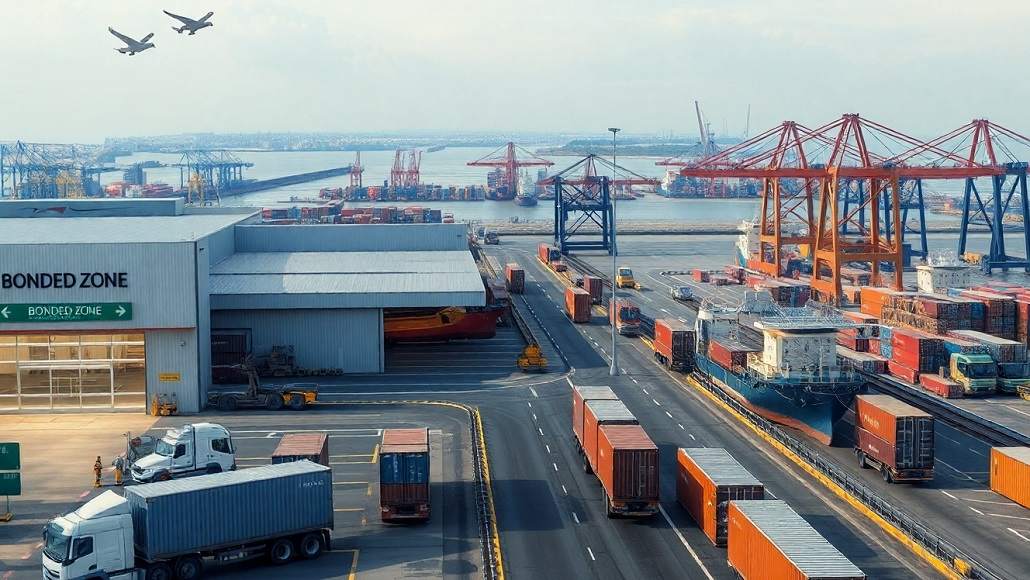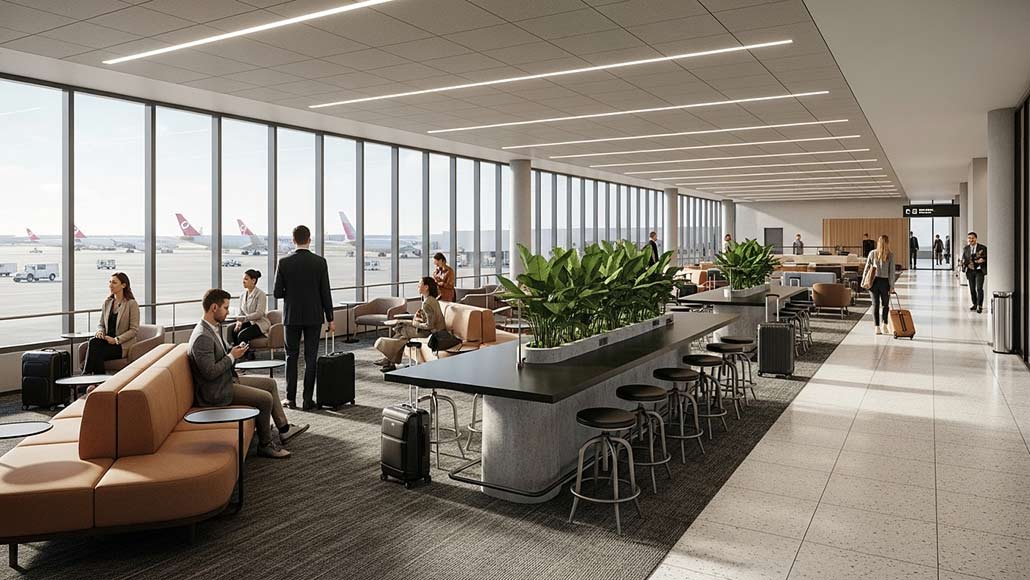The upgrade of Adelaide Airport in Australia from its existing infrastructure so as to cater to the growing passenger frequency is indeed a strategic shift to enhance experience and capacity. Woods Bagot is leading the refurbishment when it comes to the airport, with prominent upgrades to the international as well as domestic terminals. New works are expected to streamline the services, upscale operations, and also create a contemporary as well as contextual travel environment, which reflects the Southern part of Australia.
The passenger experience and enhancement projects – PEEPs happens to involve a series of effective interventions throughout the international and the domestic terminals. Woods Bagot is designing certain new intuitive Gate lounges, elevated VIP International lounge experiences, upscale international arrivals, and family dining, as well as space. Airport upgrades also happen to include a highly considered sensory space, which is conceived to be a zone for pause and calm.
It is well to be noted that upgrade of Adelaide Airport, which happens to be the primary passenger airport that services South Australia for domestic along with international destinations is indeed a welcome move. There are upgrades that are designed so as to enhance the passenger flow and spatial functionality while at the same time catering to a larger demography of travelers.
The director at Woods Bagot, Rosina Di Maria, opines that the refurbishment is going to create a very welcoming as well as curated travel experience with the contextual design that celebrates the spirit of South Australia. She says that Adelaide Airport is a breathing, living, animated place, which will grow and even evolve with time. At the point of touchdown, the airport is going to embody the energy that South Australia brings, which is being very lively and diverse and also deeply rooted when it comes to the cultural context.
The cultural narrative would be woven into the terminal by way of a celebration of earth and sky. Apparently, the textural as well as tonal palette references the Wittonga tarto, which is an ephemeral wetland that happens to stretch from Pathawiliyangga to Yerta Bulti.
Honoring the deep history of the airport site and its significance for Aboriginal Kaurna people, the earth will be represented in very robust as well as textural finishes, while the sky will be depicted in fluid forms, surfaces that are reflective, and a sculptural use when it comes to light.
The senior associate of Woods Bagot, Hayley Packer, says that in order to create the most intuitive as well as considered user experience, the project team evaluated the passenger profile data so as to cater to a diversity of travelers.
According to her, from the gate lounges to the sensory room, the design has gone on to consider a spectrum of user requirements, catering for moments of intrigue as well as delight by way of highly functional operational needs. It is well to be noted that customized gate lounge seating was created by Derlot Group, the Australian furniture company. The director of the group, Alexander Lotersztain, defines this project as setting a new yardstick when it comes to aviation design. He added that they are indeed proud to have contributed to this landmark project with Woods Bagot, who have also set a new standard when it comes to airport gate design, hence creating a space that not only welcomes the travelers to Adelaide but also goes on to redefine the way functionality, comfort, and aesthetics for the new generation of airport experiences work. Interestingly, the construction is still underway and is scheduled for completion by 2025.


























